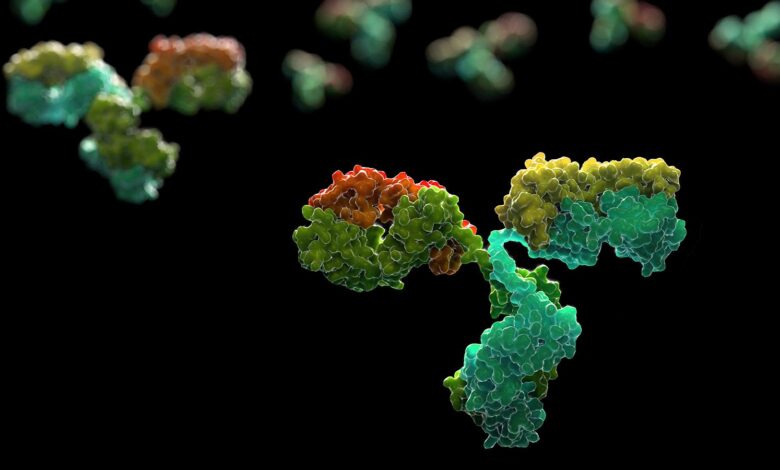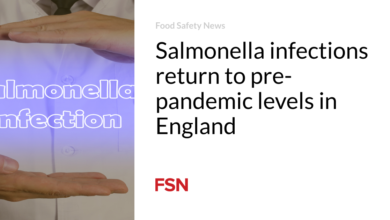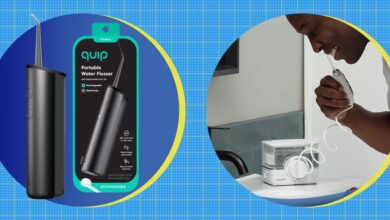Multiple Sclerosis Predicted by Autoantibody Signature

— Blood samples reveal signs of MS years before clinical diagnosis
by
Judy George, Deputy Managing Editor, MedPage Today
April 19, 2024
A specific autoantibody signature was seen in a subset of people with multiple sclerosis (MS) long before clinical symptoms appeared, blood samples showed.
A distinct set of autoantibodies emerged in approximately 10% of MS patients up to 5 years before symptoms were seen, reported Michael Wilson, MD, of the University of California San Francisco (UCSF), and co-authors. The autoantibodies appeared to bind to both human cells and common pathogens and were associated with higher levels of serum neurofilament light (NfL).
The autoantibody profile was preserved over time, suggesting an immunologically active preclinical period years before clinical onset, Wilson and colleagues wrote in Nature Medicine.
This signature may be a starting point to further characterize this patient subset and could be clinically useful as an antigen-specific biomarker for high-risk patients with clinically isolated or radiologically isolated syndromes, they added.
“We know B cells — the cells that make antibodies — are crucial for MS disease progression,” said co-author Colin Zamecnik, PhD, also of UCSF. “As a result, we believed that profiling the antibodies in patients who have or go on to develop MS would give us insight into the disease and reveal a possible biomarker,” he told MedPage Today.
The findings suggest that a subset of people who develop MS have antibodies against a common protein domain prevalent in humans and viruses, Zamecnik noted.
“These patients exhibit these antibodies many years before onset, and when tested at the time of their first disease flare, have them in both their blood and cerebrospinal fluid,” he continued. “We believe it’s possible that these patients are exhibiting cross-reactive response to a prior infection, which agrees with much current work in the literature around multiple sclerosis disease progression.”
The study assessed data from the Department of Defense Serum Repository, the same source that previously helped establish a link between Epstein-Barr virus and MS. The repository stores blood from more than 10 million U.S. armed service members when they apply to join the military. The researchers used phage display immunoprecipitation sequencing (PhIP-Seq) to screen blood samples for autoantibodies.
The Department of Defense cohort contained 250 MS patients 5 years before and 1 year after first symptom onset and 250 controls matched for age, sex, race or ethnicity, and serum collection dates. The researchers validated their findings in a sample from the prospective UCSF ORIGINS cohort, which included 103 patients who had their first attack and were subsequently diagnosed with relapsing-remitting MS.
Overall, serum NfL levels were higher in people with MS years before their first clinical flare compared with matched controls. In the Department of Defense cohort, 10% of people with MS had an abundance of autoantibodies and a distinct immunogenic cluster motif that’s present not only in humans but several human pathogens including Epstein-Barr virus, hepatitis C virus, Pseudomonas aeruginosa, Escherichia coli, and Aspergillus fumigatus. This pattern was seen both before and after these people were diagnosed with MS.
In the ORIGINS cohort, 10% of people diagnosed with MS had the same autoantibody pattern. The pattern predicted an MS diagnosis; across both cohorts, all people with this autoantibody pattern had MS.
The role of autoantibodies in MS remains unclear, and many candidate autoantigens have not survived validation studies, Wilson and colleagues pointed out. But other rare demyelinating diseases like neuromyelitis optica spectrum disorder and myelin oligodendrocyte glycoprotein antibody-associated disease were originally part of the MS spectrum and were definitively separated only after disease-specific autoantibodies were identified, they added.
What occurred in the 10% subset of MS patients versus the remaining 90% is unclear. The sample size was small, and genetic or other associations could not be determined. And while similarity existed between this motif and those found in other infectious agents, this study measured antibodies to only a limited set of antiviral antigens, Wilson and co-authors acknowledged.
Nonetheless, the researchers are optimistic that these findings might lead to earlier diagnosis and treatment for some MS patients. “Imagine if we could diagnose MS before some patients reach the clinic,” said UCSF co-author Stephen Hauser, MD. “It enhances our chances of moving from suppression to cure.”
-
Judy George covers neurology and neuroscience news for MedPage Today, writing about brain aging, Alzheimer’s, dementia, MS, rare diseases, epilepsy, autism, headache, stroke, Parkinson’s, ALS, concussion, CTE, sleep, pain, and more. Follow
Disclosures
This work was supported by the Valhalla Foundation, the Weill Neurohub, the Westridge Foundation, National Institute of Neurological Disorders and Stroke, National Institute of Allergy and Infectious Diseases, National Multiple Sclerosis Society, the Department of Defense, the German Society of Multiple Sclerosis, and others.
Wilson reported receiving unrelated research grant funding from Roche/Genentech and Novartis, as well as speaking honoraria from Genentech, Takeda, WebMD, and Novartis. He and a co-author also reported receiving licensing fees from CDI Labs.
Co-authors reported relationships with Neuroimmune Foundation, Roche/Genentech, Novartis, IgM Biosciences, Genentech, Horizon, Atara Bio, QIA Consulting, and Sanofi/Genzyme.
Primary Source
Nature Medicine
Source Reference: Zamecnik CR, et al “An autoantibody signature predictive for multiple sclerosis” Nat Med 2024; DOI: 10.1038/s41591-024-02938-3.

